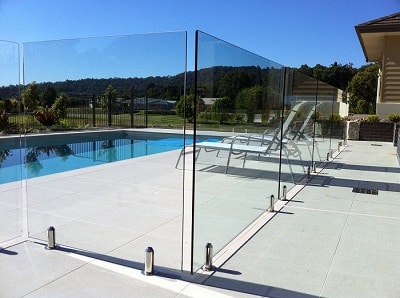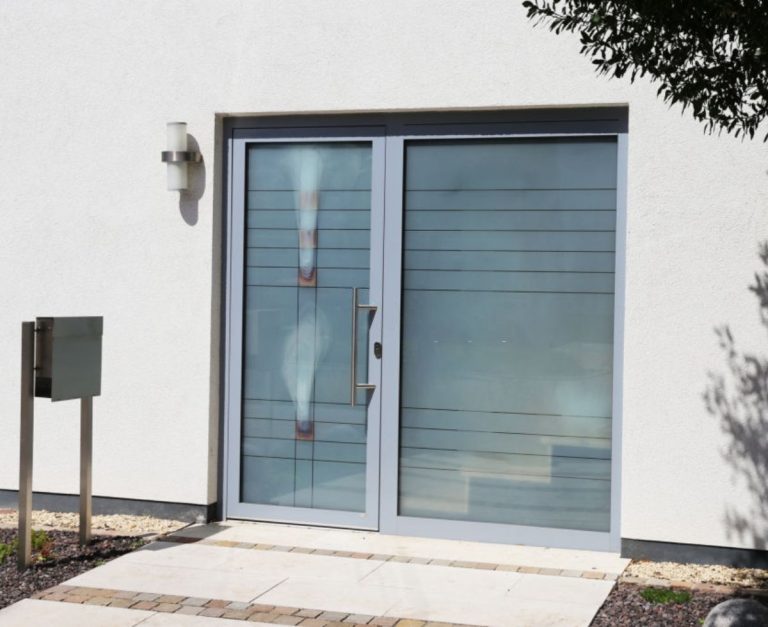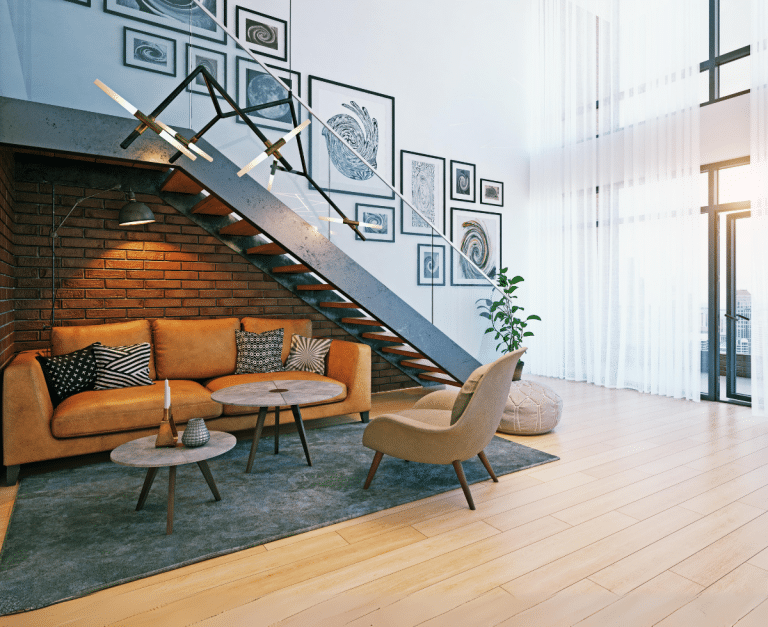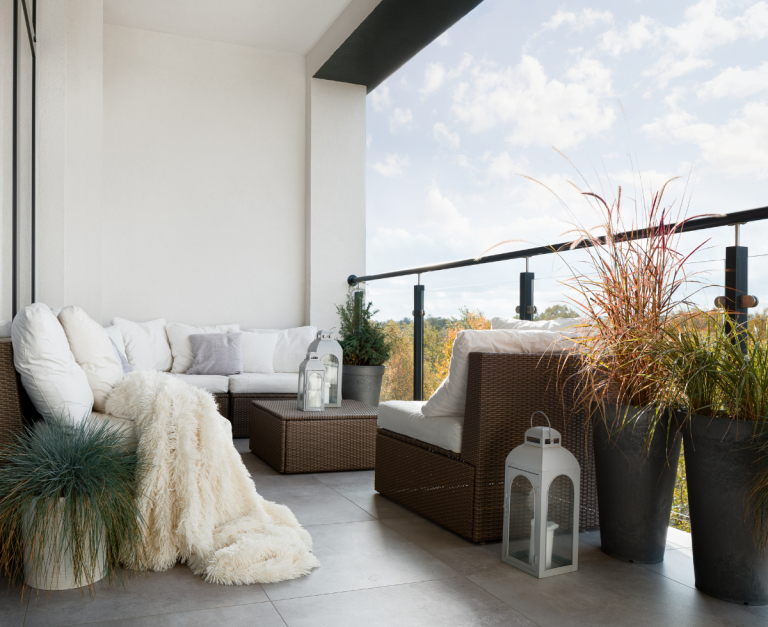Installing a glass fence around your pool enhances safety while maintaining an elegant, unobstructed view. However, there are key factors to consider to ensure compliance, durability, and functionality.
What You Need to Know Before Ordering a Glass Fence for Your Pool
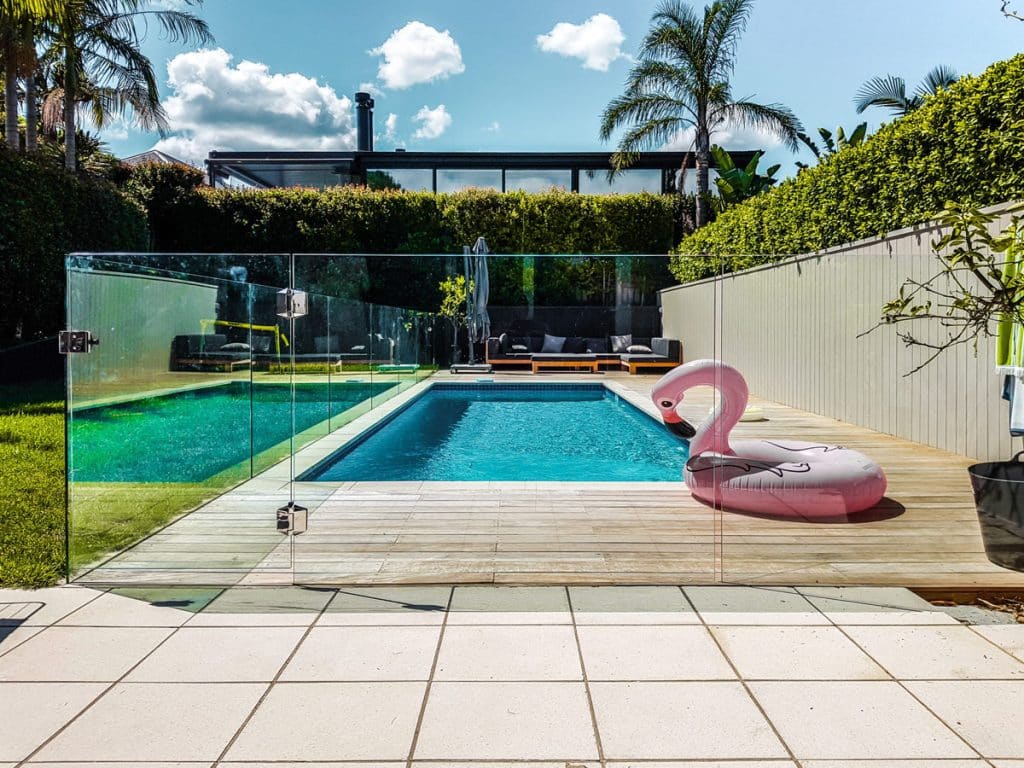
1. Safety & Building Codes
- Height Requirements: Most regions require a minimum height of 48 inches (1.2m) to prevent accidents.
- Spacing Between Panels: Gaps should not exceed 4 inches (10cm) to prevent children from slipping through.
- Tempered or Laminated Glass: Mandatory for pool fences to ensure shatter resistance.
- Self-Closing Gates: Often required by law for pool barriers.
2. Glass Type & Thickness
- Tempered Glass (10mm–12mm) – Shatters into small, blunt pieces if broken.
- Laminated Glass – Extra safety with a PVB interlayer to hold glass together if cracked.
- Frosted or Textured Glass – Adds privacy and reduces glare.
3. Frame Options
- Frameless Glass – Sleek, modern look with minimal stainless steel clamps.
- Semi-Framed – Aluminum or stainless steel posts for added stability.
- Framed (Channel System) – Glass secured in top and bottom tracks for extra strength.
4. Hardware & Durability
- Stainless Steel (Grade 316) – Best for saltwater/pool chemicals (corrosion-resistant).
- Powder-Coated Aluminum – Lightweight and rustproof.
- Proper Anchoring – Must withstand wind loads and poolside moisture.
5. Maintenance & Cleaning
- Easy to Clean – Use mild soapy water or glass cleaner (avoid abrasive materials).
- Hardware Checks – Inspect clamps and fittings annually for corrosion or loosening.
6. Cost Considerations
- Average Price: 200–600 per linear foot (varies by glass type, height, and hardware).
- Additional Costs: Custom curves, gates, or special coatings increase expenses.
7. Professional Installation
- Precision Required – Improper installation can lead to glass stress cracks.
- Permits & Inspections – Some areas require approvals before installation.
